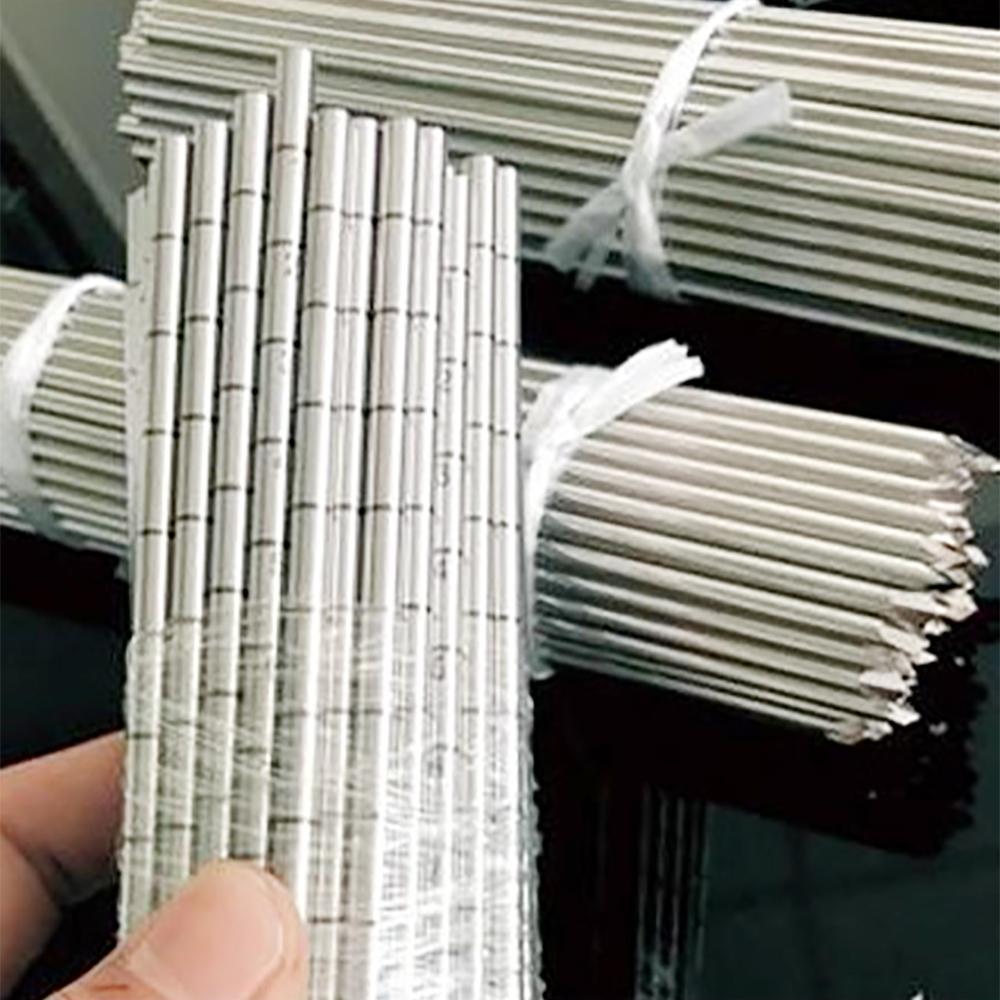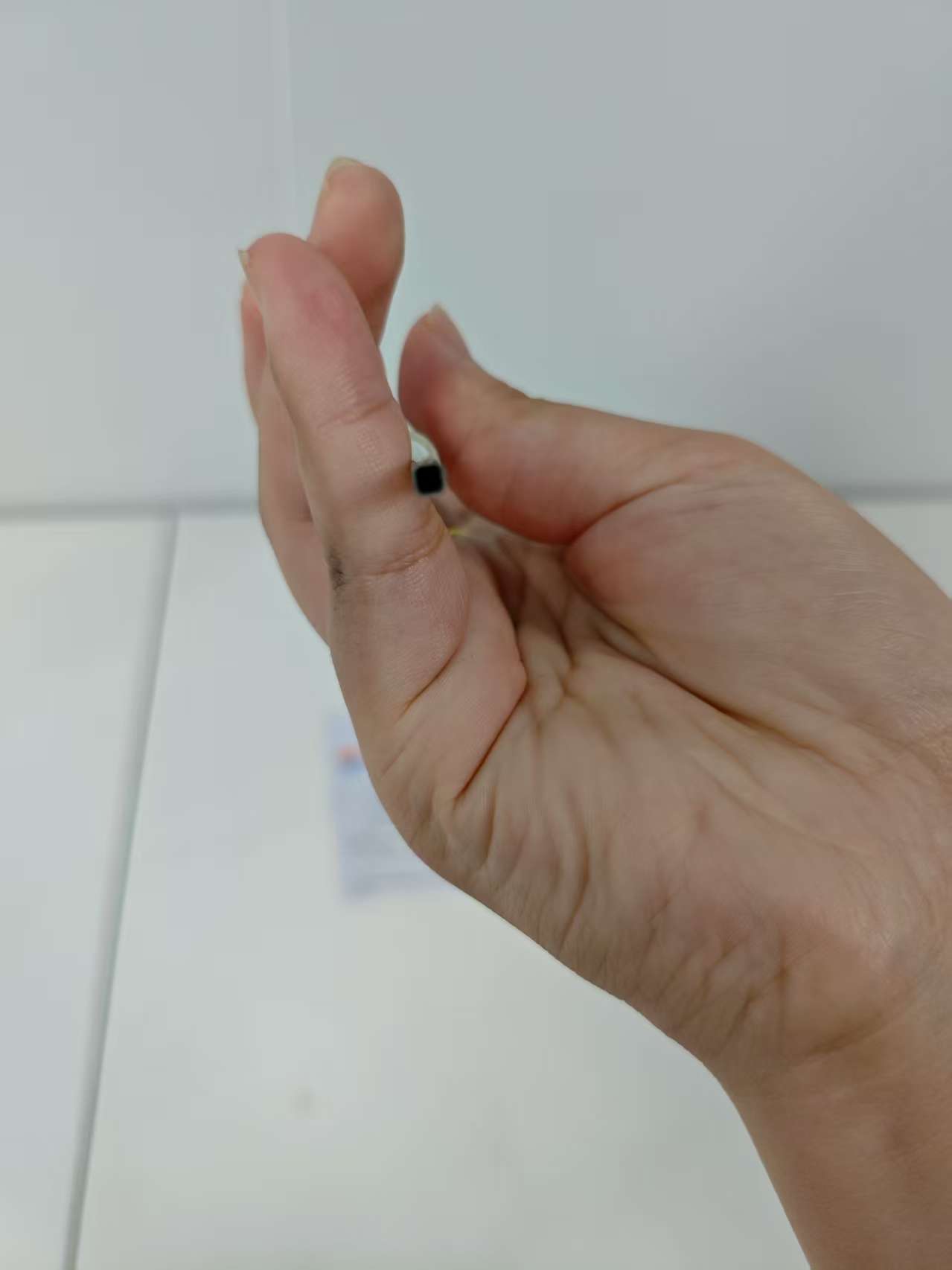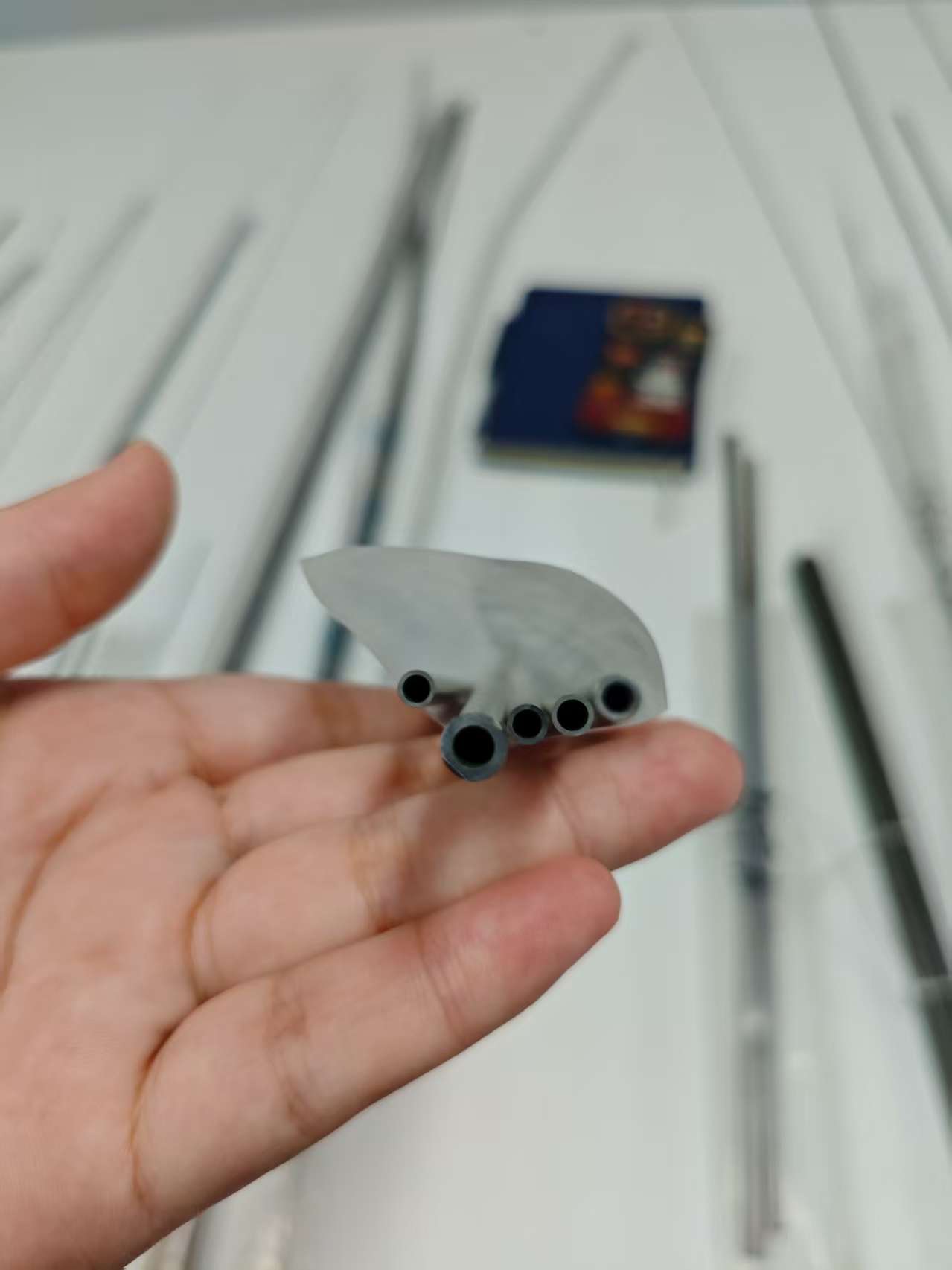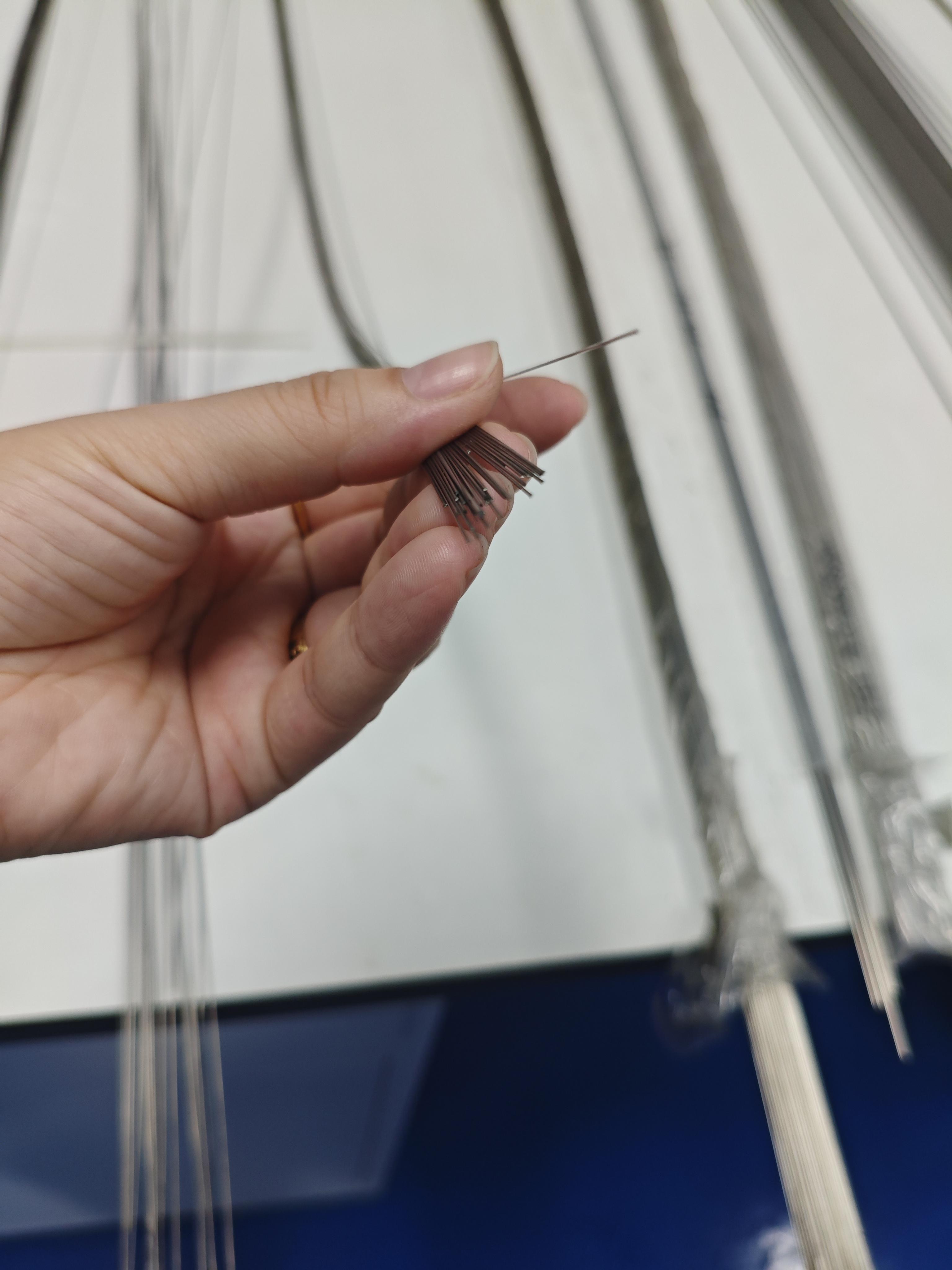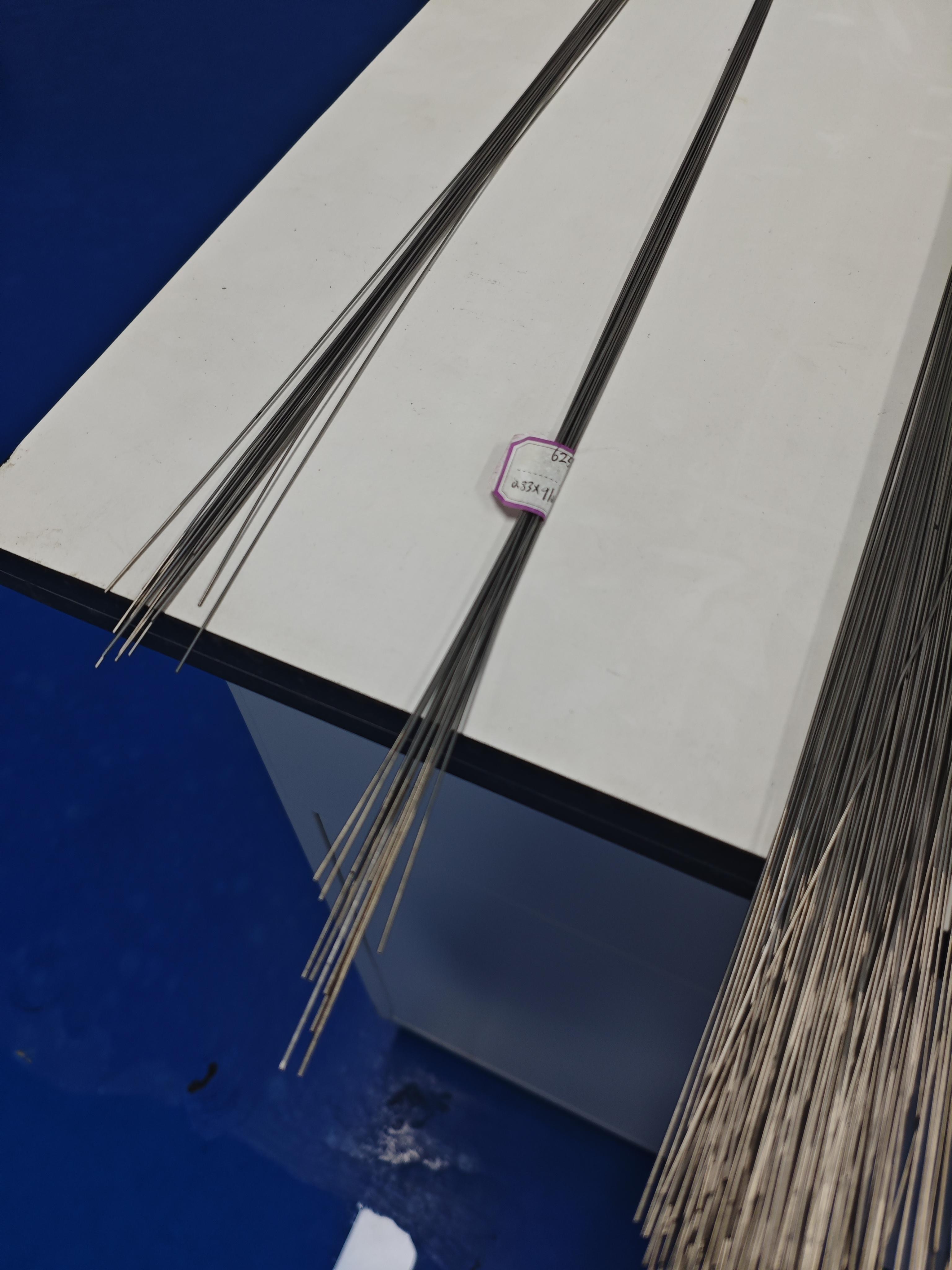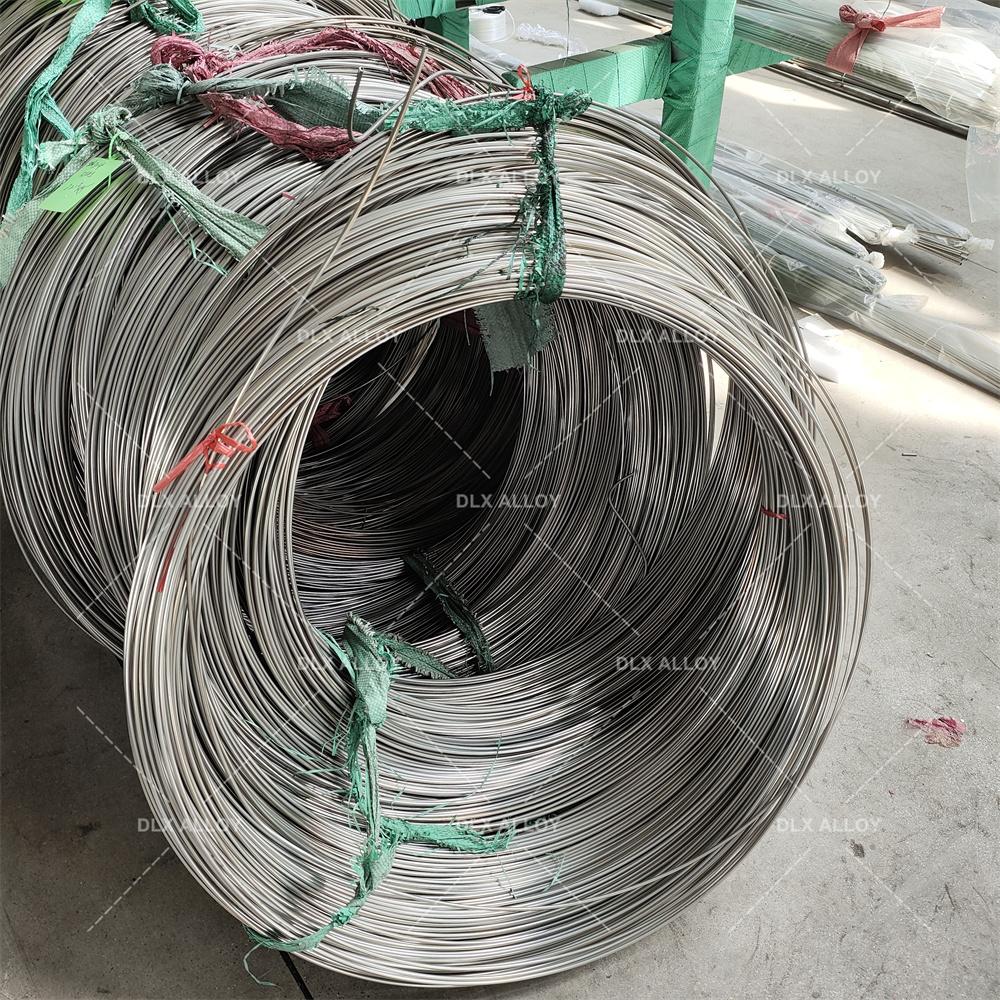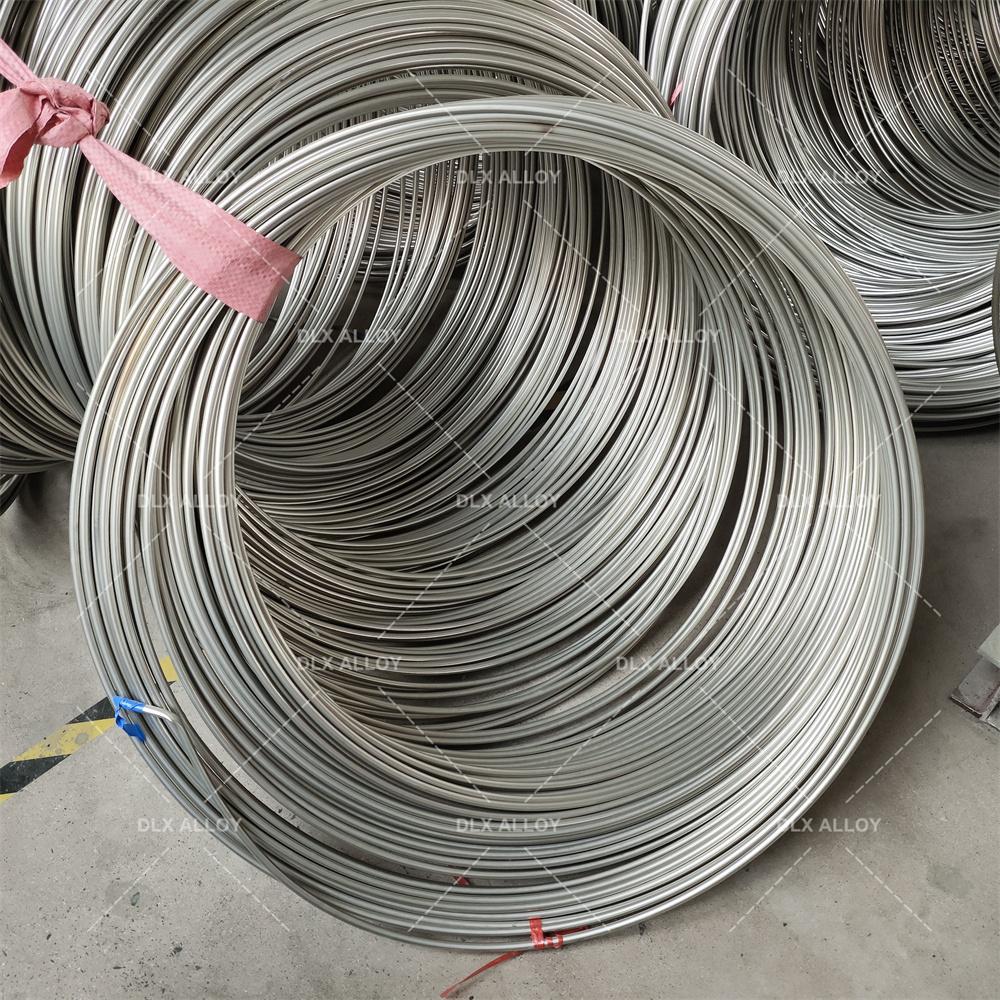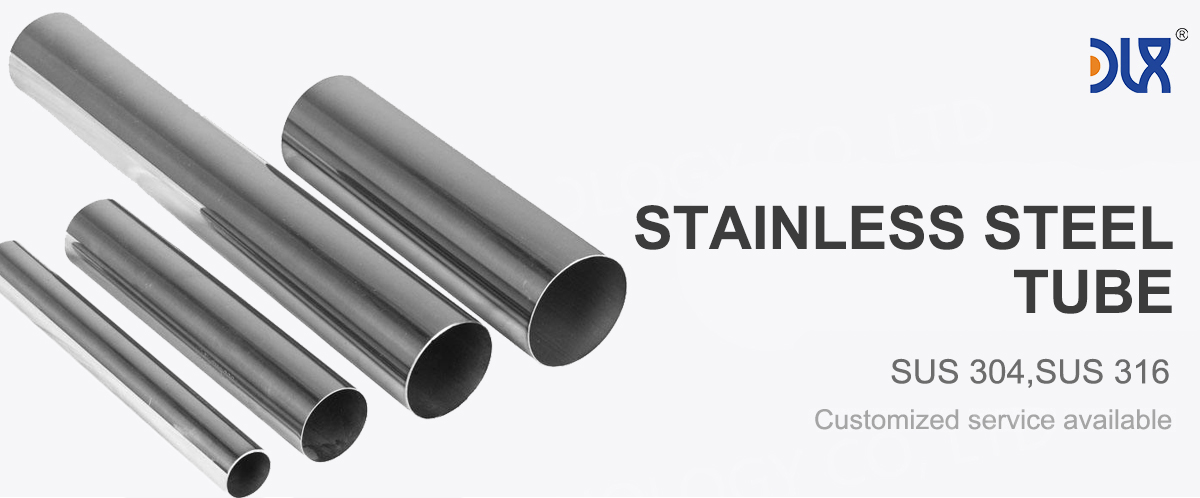
Let’s get into what makes our 17-4PH stainless steel tube for medical devices so special. This precipitation-hardening alloy is a powerhouse, packing 15-17.5% chromium for top-notch corrosion resistance, 3-5% nickel for toughness, and 3-5% copper plus 0.15-0.45% niobium for that extra strength boost. With carbon kept below 0.07%, it’s compliant with ASTM A564, offering a unique combo of high strength and corrosion resistance. We produce these tubes in diameters from 0.8mm to 10mm, with wall thicknesses down to 0.1mm, perfect for applications like laparoscopic tools or dental handpieces. Heat treatment allows us to dial in hardness levels, hitting tensile strengths up to 1380 MPa, so these tubes can take a beating without buckling.
For more details, pls directly contact us.
Our manufacturing process is dialed in for precision. We cold-draw tubes to tolerances of ±0.01mm, ensuring they fit seamlessly into complex devices like biopsy needles or retractors. Electropolishing gives them a silky-smooth Ra <0.3µm finish, cutting down on bacterial adhesion and making sterilization a snap. Unlike softer alloys, 17-4PH’s high yield strength—up to 1170 MPa—means our tubes hold up under torque and flexing, critical for tools in robotic surgeries. We also run rigorous fatigue tests, mimicking thousands of use cycles, to ensure they last through years of heavy-duty procedures. While slightly magnetic, they’re still safe for most imaging setups, adding versatility.
Comparison of Medical Stainless Steel Grades, Materials, and Applications
Grade | Composition | Key Properties | Corrosion Resistance | Biocompatibility | Applications | Advantages | Limitations |
|---|---|---|---|---|---|---|---|
316L | Fe (60-70%), Cr (16-18%), Ni (10-14%), Mo (2-3%), C (<0.03%) | Tensile: 485-620 MPa, Yield: 170-290 MPa, Elongation: 40-50%, Hardness: 95 HRB | Excellent (passive oxide layer, resists pitting) | High, minimal ion release, rare Ni sensitivity | Bone plates, screws, stents, hip stems, dental implants | Cost-effective, machinable, fatigue-resistant | Possible Ni sensitivity, heavier than Ti |
304L | Fe (65-74%), Cr (18-20%), Ni (8-10.5%), C (<0.03%) | Tensile: 485-550 MPa, Yield: 170-240 MPa, Elongation: 40-55%, Hardness: 92 HRB | Good, less resistant to pitting than 316L | Moderate, higher Ni release risk | Temporary implants, surgical tools, guidewires | Affordable, easy to form, widely available | Limited for long-term implants due to corrosion |
17-4 PH | Fe (70-78%), Cr (15-17.5%), Ni (3-5%), Cu (3-5%), C (<0.07%) | Tensile: 930-1100 MPa, Yield: 725-860 MPa, Hardness: 30-44 HRC | Very good, but less than 316L in saline | Good, but less biocompatible than 316L | Load-bearing implants, surgical instruments | High strength, heat-treatable, durable | Complex processing, less corrosion-resistant |
420 | Fe (80-90%), Cr (12-14%), C (0.15-0.4%) | Tensile: 700-950 MPa, Yield: 340-450 MPa, Hardness: 45-50 HRC | Moderate, prone to pitting in body fluids | Moderate, not ideal for long-term implants | Cutting tools, temporary pins, dental drills | High hardness, wear-resistant, sharpenable | Poor corrosion resistance for permanent use |
440C | Fe (78-85%), Cr (16-18%), C (0.95-1.2%) | Tensile: 760-1000 MPa, Yield: 450-600 MPa, Hardness: 56-60 HRC | Moderate, better than 420 but less than 316L | Limited, high carbon affects biocompatibility | Surgical blades, high-wear tools | Extremely hard, excellent edge retention | Not suitable for long-term implants |
F138 (316LVM) | Fe (60-70%), Cr (17-19%), Ni (13-15%), Mo (2.25-3.5%), C (<0.03%) | Tensile: 490-690 MPa, Yield: 190-300 MPa, Elongation: 40-50%, Hardness: 95 HRB | Superior, optimized for medical use | Excellent, lowest ion release, vacuum-melted | Orthopedic implants, cardiovascular stents | Enhanced purity, top biocompatibility | Higher cost than standard 316L |
303 | Fe (65-75%), Cr (17-19%), Ni (8-10%), S (0.15-0.35%) | Tensile: 500-620 MPa, Yield: 240-290 MPa, Elongation: 35-50%, Hardness: 90 HRB | Moderate, sulfur reduces corrosion resistance | Moderate, not ideal for permanent implants | Machined components, non-implant devices | Excellent machinability, cost-effective | Not suitable for long-term implants |
Nitronic 60 | Fe (60-70%), Cr (16-18%), Ni (8-9%), Mn (7-9%), N (0.08-0.18%) | Tensile: 620-793 MPa, Yield: 345-414 MPa, Hardness: 95-100 HRB | Very good, resists galling and wear | Good, but less studied for implants | Wear-resistant implants, joint components | High wear resistance, galling resistance | Limited medical use, higher cost |
For more details, pls directly contact us
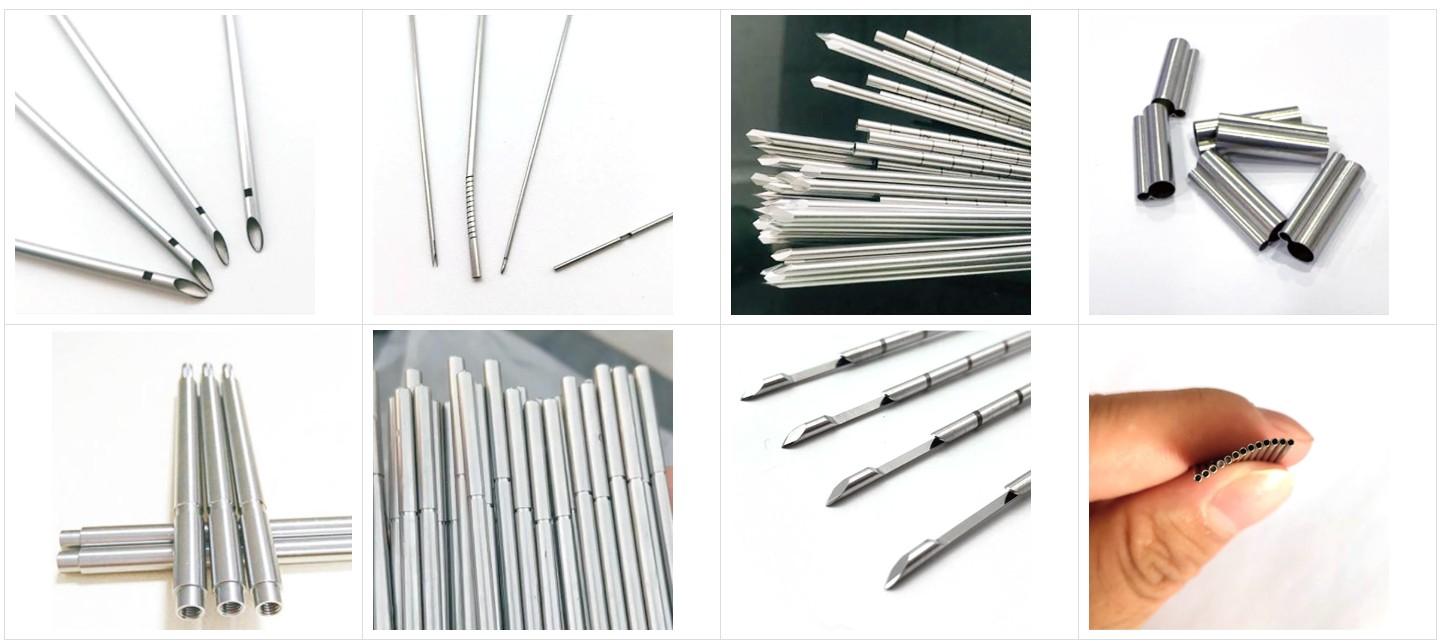
The medical device market is booming, valued at USD 492.3 billion in 2025 and projected to hit USD 747.1 billion by 2032 at a 5.8% CAGR. This growth is fueled by a rise in chronic diseases—think diabetes and arthritis—plus an aging population needing more surgeries. Minimally invasive procedures are taking over, with over 40% of surgeries now using smaller incisions for faster recovery. Our corrosion-resistant 17-4PH stainless steel tube for medical devices shines here, offering the strength for high-torque tools like bone drills while keeping profiles slim for endoscopic work.
Regulatory pressures are tightening, with the FDA and EU MDR pushing for stricter material safety and traceability. Our 17-4PH tubes meet ISO 10993 standards for short-term contact, ensuring low ion release and minimal tissue reaction for non-implantable tools. Sustainability is a big deal too—hospitals are leaning toward recyclable materials, and 17-4PH’s near-100% recyclability aligns perfectly with green healthcare trends. The medical tubing market is on track to grow from USD 812.59 million in 2025 to USD 1,547.53 million by 2034 at a 6.7% CAGR, with high-strength alloys like 17-4PH leading for their durability in reusable devices.
Emerging trends are shaping the future. Robotic-assisted surgeries, expected to hit USD 14.4 billion by 2026, demand tubing that can handle articulated movements, and 17-4PH’s toughness makes it a top pick. Disposable instruments are growing in outpatient settings, but reusable tools dominate in hospitals, where our tubes excel for their longevity. We’re seeing a push for antimicrobial coatings to reduce infection risks, and hybrid designs blending metal tubes with polymers for better ergonomics. The rise of ambulatory surgical centers—growing at 6.5% CAGR—means more demand for cost-effective, high-performance components like ours.
Applications for our corrosion-resistant 17-4PH stainless steel tube for medical devices are wide-ranging. In orthopedics, they’re used in drill guides and external fixator pins, providing the strength to penetrate bone without deforming. Dental applications are huge—think high-speed drill shafts or endodontic files, where 17-4PH’s hardness handles rotational stresses. In laparoscopy, our tubes form the core of trocars and graspers, enabling precise movements through tiny incisions. They’re also key in ENT procedures, supporting rigid endoscopes for sinus surgeries with minimal tissue trauma.
General surgery benefits too—our tubes are used in suction cannulas and biopsy needles, where smooth surfaces ensure clean fluid flow and sample collection. In ophthalmology, they’re part of delicate instruments like vitrectomy probes, balancing strength with lightweight design. The material’s ability to withstand autoclaving at 134°C and chemical sterilization means tools stay pristine through countless cycles. With the MIS instruments market projected to hit USD 53 billion by 2030 at a 9.8% CAGR, our tubes are critical for driving this shift toward less invasive tools.
When it comes to standing out, our company’s approach to corrosion-resistant 17-4PH stainless steel tube for medical devices is a cut above. While standard suppliers might offer generic tubing, we customize with tailored heat treatments to optimize hardness for specific tools, like high-torque dental handpieces. Our in-house testing is hardcore—corrosion trials in saline environments and mechanical stress tests mimic real-world surgical abuse, ensuring zero failures. This reliability means fewer tool replacements, saving hospitals big bucks.
We’re all about precision and speed. Our automated production lines deliver tight tolerances, making tubes that slot perfectly into robotic systems or complex assemblies. Cost-wise, we keep things lean by optimizing material use, offering high-strength 17-4PH at prices that don’t sting. Surgeons love our tubes’ consistency, which translates to predictable performance in high-pressure procedures like bone reaming. Unlike others who might skip surface treatments, we polish and passivate every tube to boost corrosion resistance, cutting infection risks and extending tool life.
Sustainability is baked into our process—we recycle 95% of scrap metal, aligning with healthcare’s eco-friendly push. Our supply chain is rock-solid, with just-in-time delivery to keep operating rooms stocked, even during peak seasons. We also offer design support, collaborating with manufacturers to tweak tube specs for innovative devices, a service most suppliers can’t match. Clients rave about our fast prototyping—often under two weeks—speeding up the launch of next-gen tools.
Comparison Parameters Table
| Parameter | 17-4PH Stainless Steel | 316L Stainless Steel | 304 Stainless Steel | Titanium Alloy (e.g., Ti-6Al-4V) |
|---|---|---|---|---|
| Carbon Content (%) | ≤0.07 | ≤0.03 | ≤0.08 | N/A (No carbon) |
| Corrosion Resistance | Excellent (Cr and Cu, resists acids) | Excellent (Mo, resists chlorides) | Good (Cr, less in harsh environments) | Outstanding (oxide layer, best for implants) |
| Tensile Strength (MPa) | 1030-1380 | 485-620 | 515-690 | 860-950 |
| Yield Strength (MPa) | 760-1170 | 170-310 | 205-310 | 760-830 |
| Biocompatibility | Good (short-term contact, non-implantable) | High (implant-grade) | Good (short-term use) | Excellent (long-term implants) |
| Density (g/cm³) | 7.8 | 8.0 | 8.0 | 4.5 |
| Magnetic Properties | Slightly magnetic | Non-magnetic | Non-magnetic | Non-magnetic |
| Cost Effectiveness | Moderate, high strength | Affordable | Most affordable | High, for lightweight needs |
| Common Medical Use | Surgical tools, dental instruments | Implants, tubing | Surgical instruments | Orthopedic implants, lightweight tools |
Looking ahead, we’re diving into smart manufacturing, exploring coatings that add antimicrobial properties to our 17-4PH tubes, tapping int infection-control trends. With robotic surgery and AI-driven tools on the rise, we’re optimizing tubes for haptic feedback systems, ensuring compatibility with cutting-edge platforms. Personalized medicine is another frontier—our flexible production lets us craft tubes for custom instruments, matching patient-specific needs in procedures like dental restorations.
In short, our corrosion-resistant 17-4PH stainless steel tube for medical devices is about delivering unmatched performance. We’re not just making tubes; we’re enabling surgeons to work smarter and patients to heal faster. From high-strength materials to tailored designs, we’re built to lead in a market craving durability and precision. As medical tech evolves, our 17-4PH tubes remain a trusted choice, ready for the challenges of tomorrow’s operating rooms.
To wrap it up, our strengths shine: top-tier strength, customizable precision, and a green approach that sets us apart. Whether it’s a routine dental procedure or a robotic-assisted surgery, our corrosion-resistant 17-4PH stainless steel tube for medical devices delivers the reliability and performance healthcare demands.
For more details, pls directly contact us.
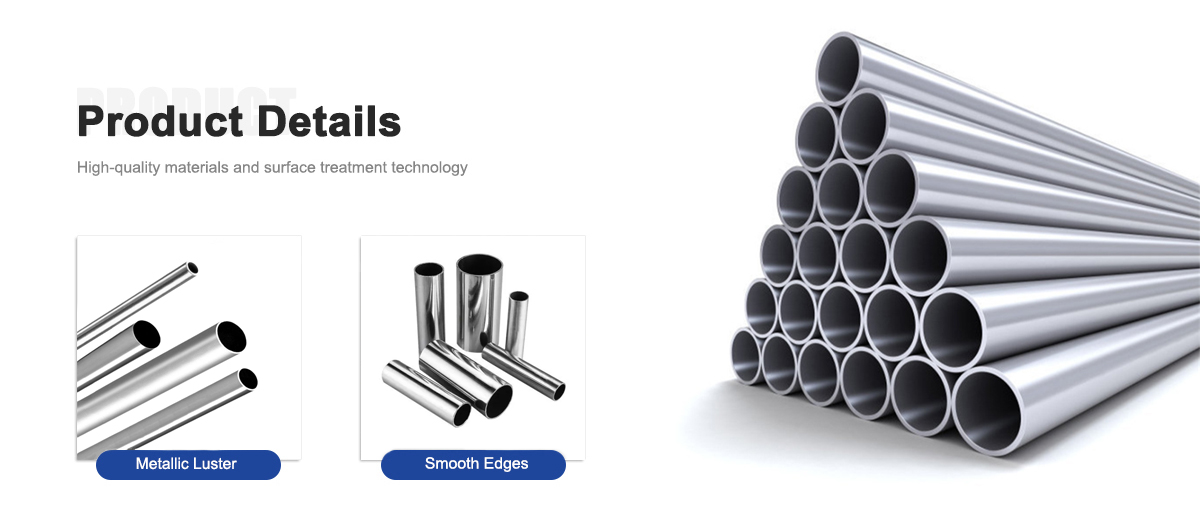

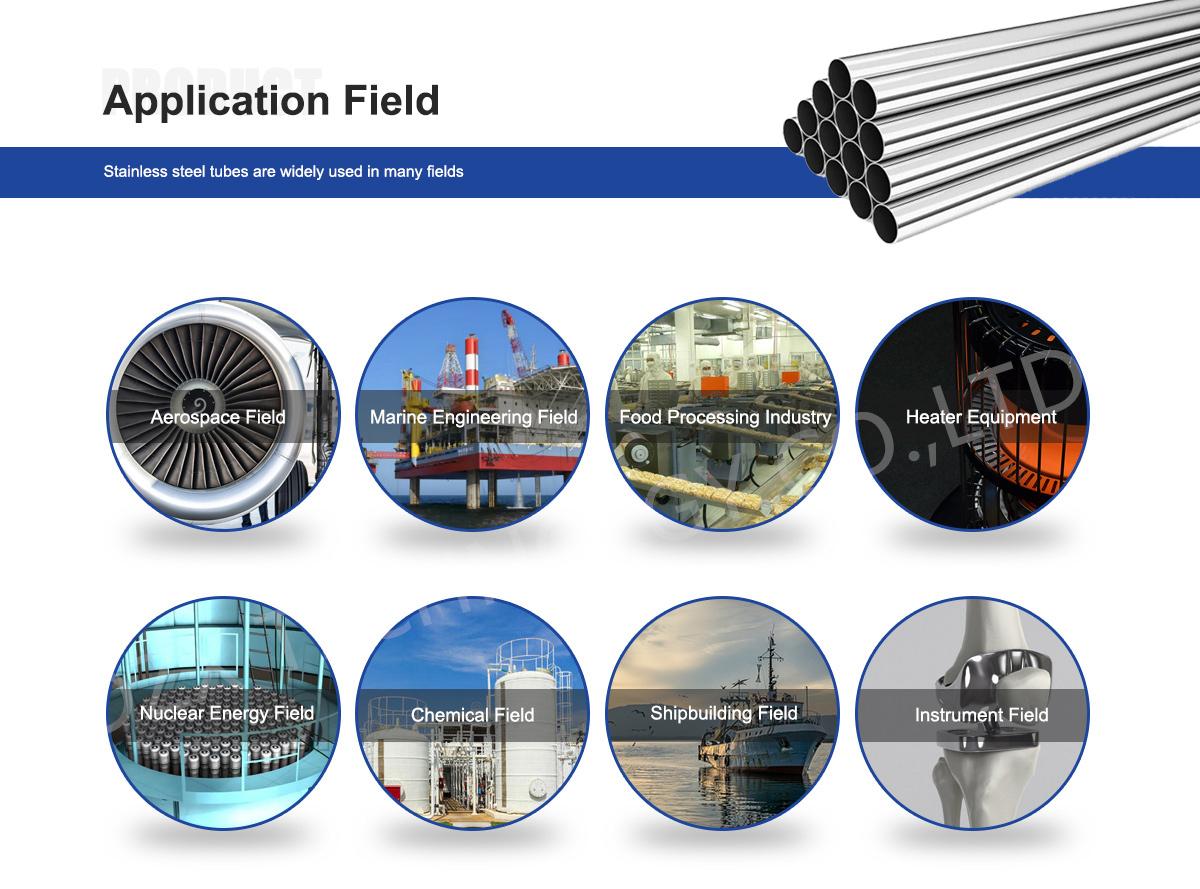
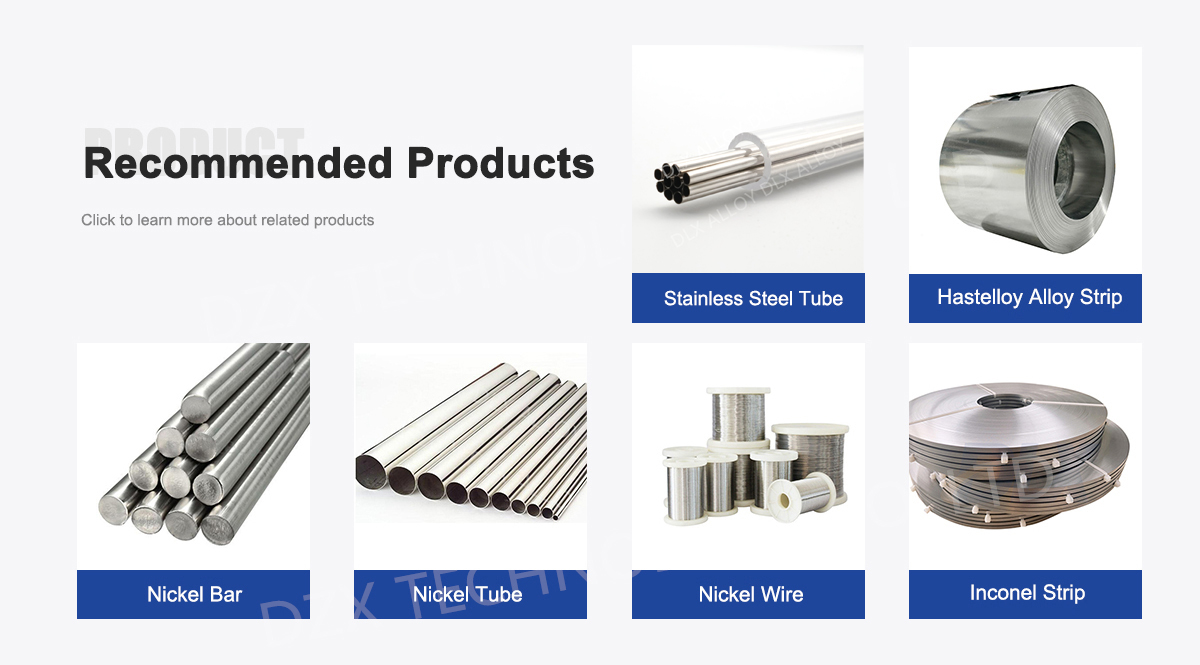
About Us:
Our 12,000㎡ factory is equipped with complete capabilities for research, production, testing, and packaging. We strictly adhere to ISO 9001 standards in our production processes, with an annual output of 1,200 tons. This ensures that we meet both quantity and quality demands. Furthermore, all products undergo rigorous simulated environment testing including high temperature, high pressure, and corrosion tests before being dispatched, ensuring they meet customer specifications.
For all our clients, we offer timely and multilingual after-sales support and technical consulting, helping you resolve any issues swiftly and efficiently.

Client Visits
Building Stronger Partnerships

We support all kinds of testing:


FAQs:
Why is 17-4PH stainless steel suitable for medical devices?
Corrosion-resistant 17-4PH stainless steel offers high strength, excellent corrosion resistance, and good biocompatibility, making it ideal for durable medical devices like surgical tools, dental instruments, and orthopedic components.What is the material composition of 17-4PH stainless steel for medical applications?
It contains 15-17.5% chromium, 3-5% nickel, 3-5% copper, and 0.15-0.45% niobium, with carbon below 0.07%, providing a unique blend of strength, toughness, and corrosion resistance compliant with ASTM A564.What are the primary applications of 17-4PH stainless steel tubes in medical devices?
These tubes are used in endoscopic instruments, dental drills, orthopedic pins, and reusable surgical tools, offering structural support and reliability in high-stress, minimally invasive procedures.How do industry trends influence the use of 17-4PH in medical devices?
The medical device market, valued at USD 492.3 billion in 2025, is projected to grow at a 5.8% CAGR to USD 747.1 billion by 2032, driven by demand for robust, cost-effective materials in minimally invasive and robotic surgeries.What mechanical properties make 17-4PH effective for medical tubing?
It boasts tensile strength of 1030-1380 MPa, yield strength of 760-1170 MPa, elongation up to 18%, and excellent fatigue resistance, allowing tubes to endure high mechanical loads and sterilization cycles.Is 17-4PH stainless steel biocompatible for medical device applications?
Yes, it meets ISO 10993 standards for short-term contact, with low ion release and minimal tissue reactivity, suitable for non-implantable devices and external surgical tools.What emerging trends support 17-4PH in the medical device sector?
Trends include growth in outpatient procedures, demand for recyclable materials, and a medical tubing market expected to reach USD 1,547.53 million by 2034 at a 6.7% CAGR, favoring high-strength alloys for advanced tools.How does 17-4PH handle sterilization for medical devices?
It withstands autoclaving, gamma irradiation, and chemical sterilization without pitting or degradation, maintaining a smooth surface finish for repeated use in sterile environments.


